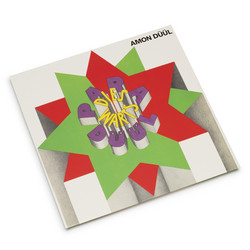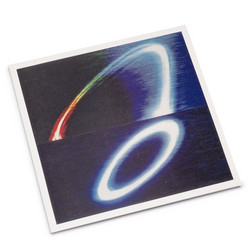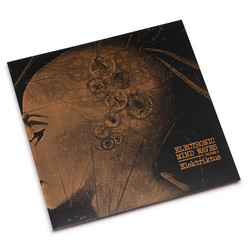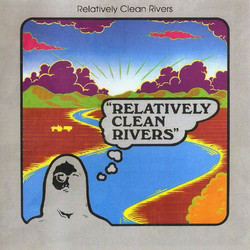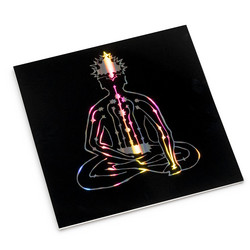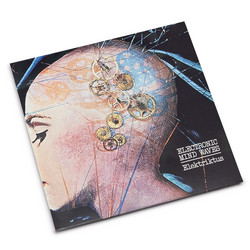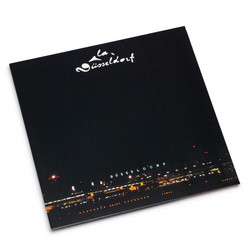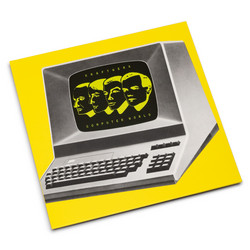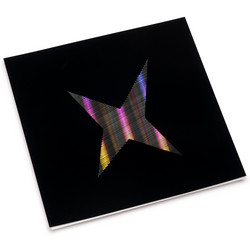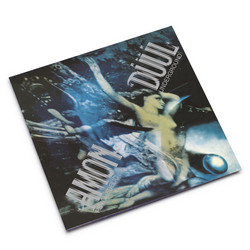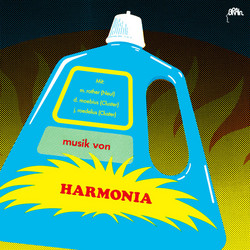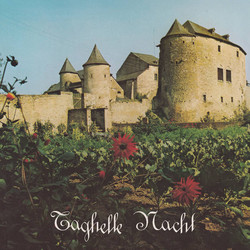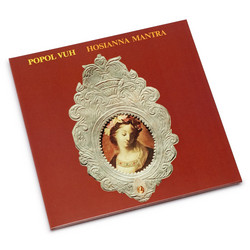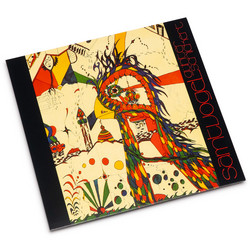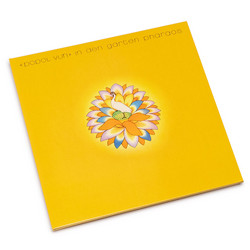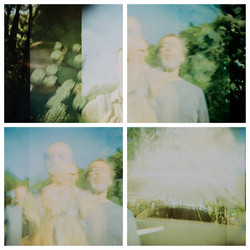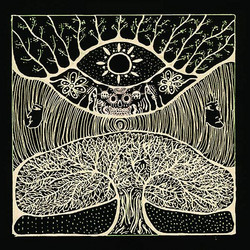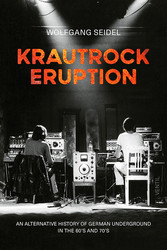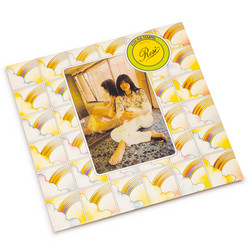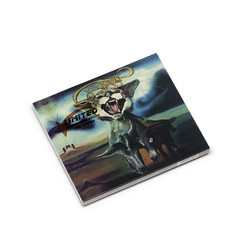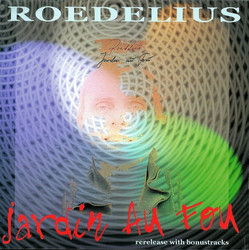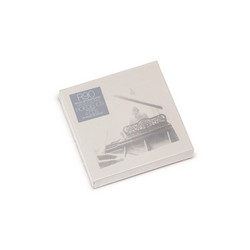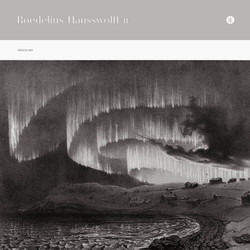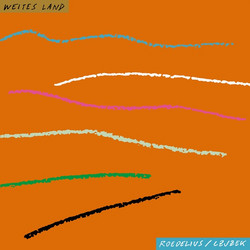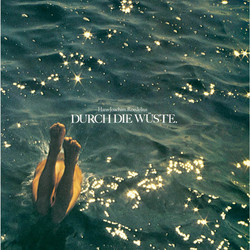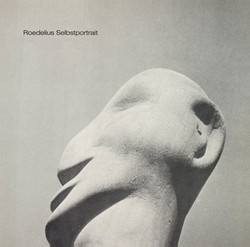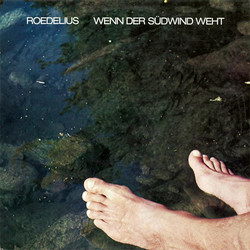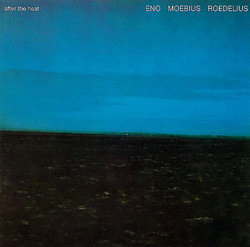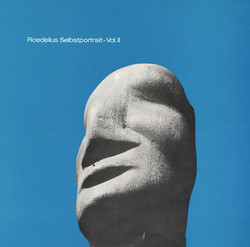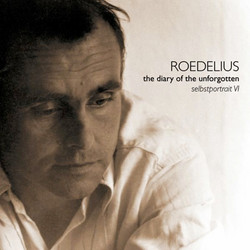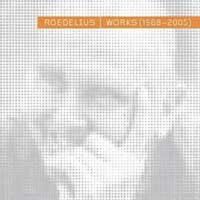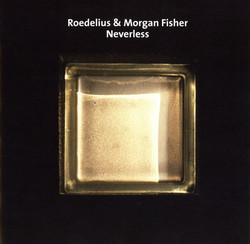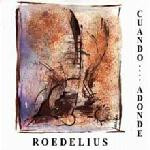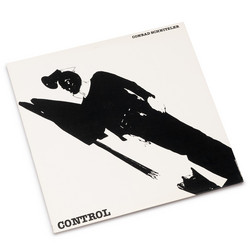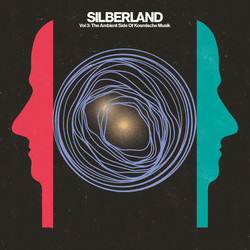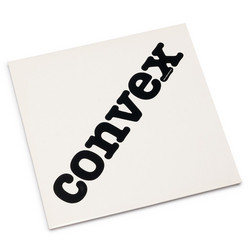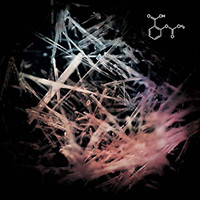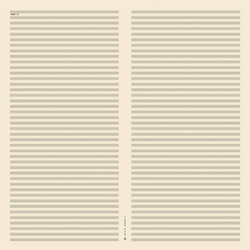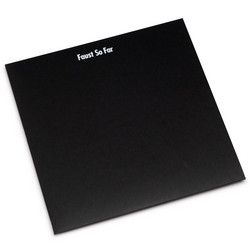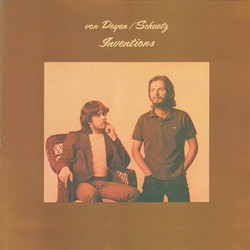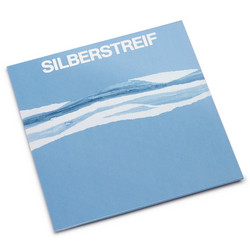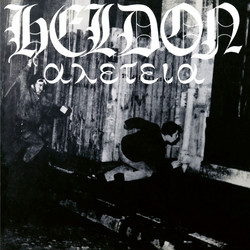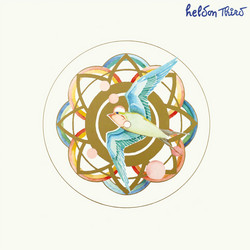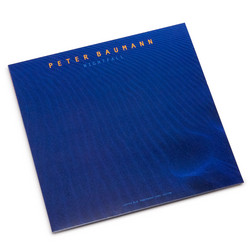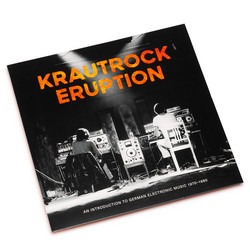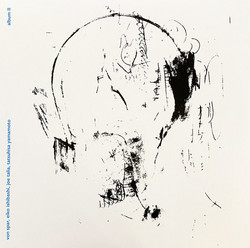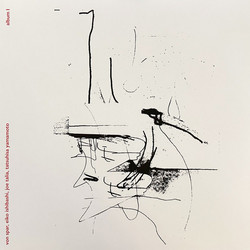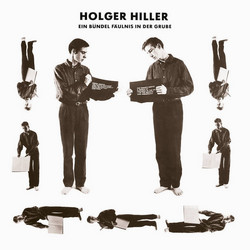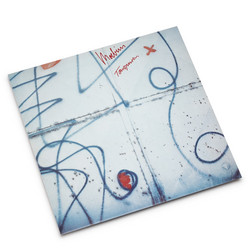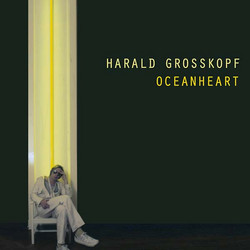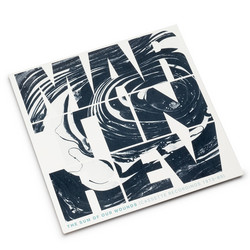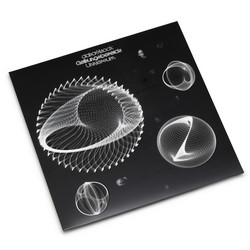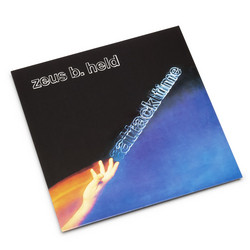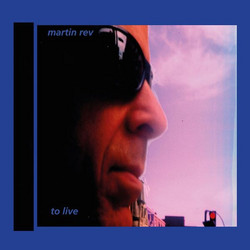LP version. The first part of Hans-Joachim Roedelius's Selbstportrait (Self-Portrait) series was originally released under the title Sanfte Musik on Sky Records in 1979. Now, some forty years later, a new instalment has arrived in the form of an album entitled Wahre Liebe. One of the initiators of the Berlin Zodiak Free Arts Lab in 1967, Roedelius went on to co-found Kluster/Cluster and Harmonia, unleashing a new and free form of music which, with the benefit of hindsight, can be considered a milestone in the historical context of kosmische musik and krautrock. In the late 1970s, Roedelius began to increase his activities as a solo artist, building up an extensive and multifaceted body of work over the ensuing decades. Across this timeline, the Self-Portrait albums represent an intensely personal and noteworthy corpus in their own right. Over the past ten years, the Hamburg-based label Bureau B has reissued numerous Hans-Joachim Roedelius albums, both solo and collaborative efforts, introducing him to a new generation of potential devotees. In 2014, label founder Gunther Buskies approached Roedelius to suggest that he record a new instalment for the Self-Portrait series, using the same instruments which dominated his productions in the late 1970s: a Farfisa organ, drum machine, tape-delay and a Rhodes. Together with Onnen and Wolf Bock, the album Wahre Liebe (True Love) was created. Roedelius explains the process: "The Wahre Liebe album was commissioned by Gunther Buskies, who wanted to know if the elderly Roedelius, armed with vintage tools, was capable of 'beaming back' to his youthful years, reaching into the sonic past of the Self-Portrait series to deliver similarly persuasive results. What better proof could there be that true love, age-old love never dies..." Sure enough, this album successfully and seamlessly connects with its antecedents. Miniatures, improvisations, atmospheric images, and dreamlike introspections of an individualist are articulated in that innate Roedelius language which is at once brittle and as light as a whisper, a pastel ribbon weaving its way softly through the full range of sonic topographies. Hans-Joachim Roedelius is pleased with the outcome: "Roedelius has been granted the opportunity to become intimately acquainted with his own self in order to achieve that of which he is ultimately capable, namely his calling: to follow in the footsteps of his ancestors, to create authentic art, be it music or words, or anything and everything else which fascinates him."

